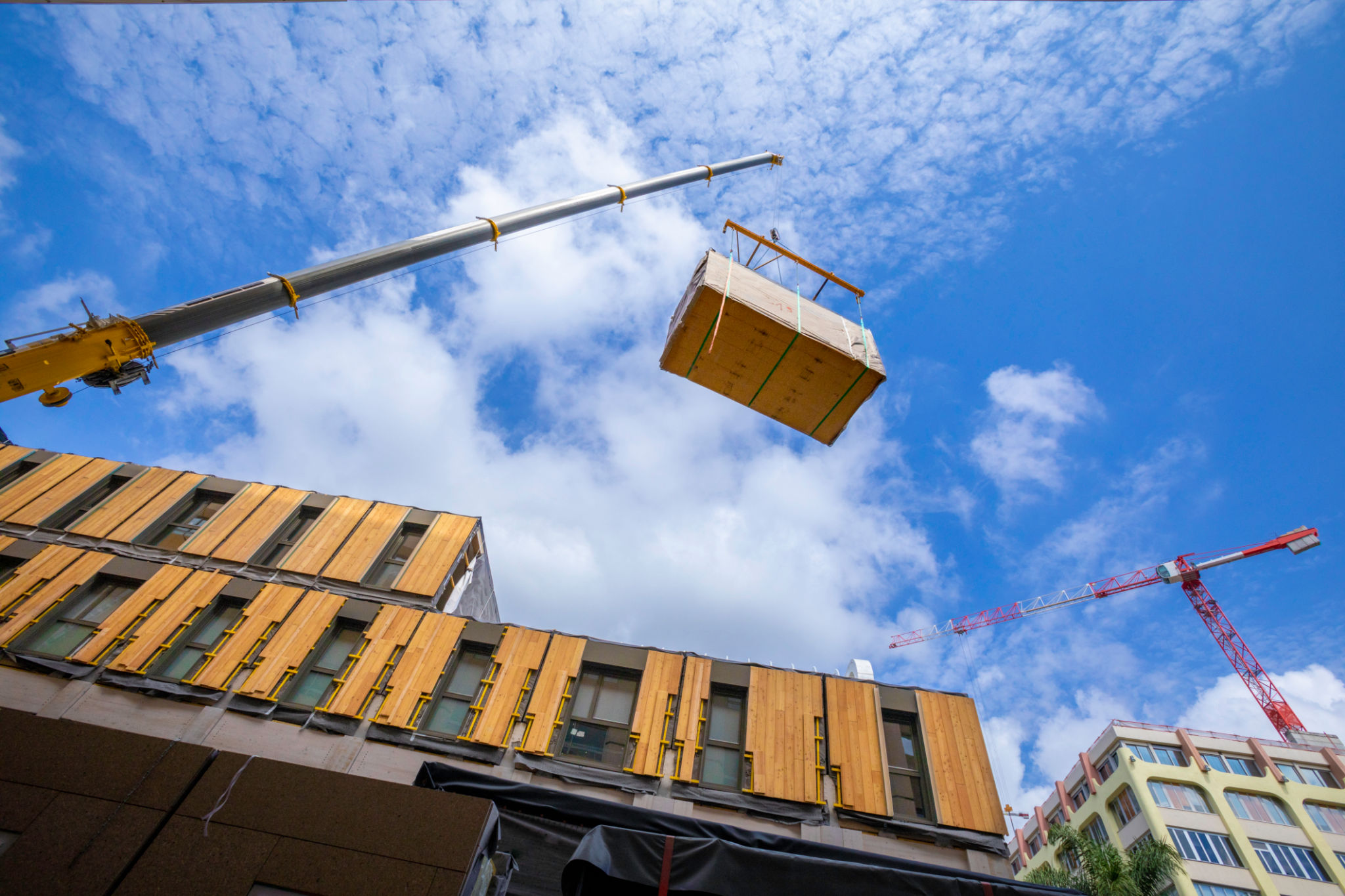How Sustainable Construction Methods are Shaping the Future of African Architecture
Embracing Sustainability in African Architecture
In recent years, the architecture landscape across Africa has been undergoing a significant transformation. As environmental concerns become more pressing globally, the continent is witnessing a surge in the adoption of sustainable construction methods. These methods not only address ecological issues but also embrace local cultures and materials, paving the way for innovative and environmentally-friendly architectural solutions.

The Role of Local Materials
One of the key aspects of sustainable construction in Africa is the utilization of local materials. This approach not only reduces carbon emissions associated with transporting building materials but also supports local economies. Materials such as clay, bamboo, and recycled plastics are increasingly being used in construction projects, offering a blend of tradition and innovation.
Bamboo, for instance, is gaining popularity due to its rapid growth rate and strength. Its versatility makes it ideal for constructing everything from residential homes to public spaces. Similarly, clay bricks are celebrated for their natural cooling properties, making them perfect for the hot African climate.
Energy-Efficient Designs
Another crucial element shaping the future of African architecture is energy efficiency. Architects are increasingly incorporating design elements that enhance natural lighting and ventilation. This reduces the need for artificial lighting and air conditioning, thereby cutting down on energy consumption.
Features such as large windows, open floor plans, and strategically placed greenery help create energy-efficient structures that are both functional and aesthetically pleasing. These designs not only reduce energy costs but also improve the quality of life for inhabitants.

Innovative Construction Techniques
Innovative construction techniques are at the forefront of sustainable architecture in Africa. Methods such as rammed earth construction and prefabrication are being adopted to minimize waste and optimize resources. Rammed earth, which involves compacting a mixture of earth materials to form walls, is not only sustainable but also offers excellent thermal mass properties.
- Rammed Earth Construction: Ideal for creating robust and sustainable structures.
- Prefabrication: Reduces construction time and material waste.
- Green Roofs: Help insulate buildings and manage stormwater.
The Impact on Communities
The shift towards sustainable construction methods is having a profound impact on communities across Africa. By prioritizing environmental concerns and local cultures, these methods are fostering community resilience and empowerment. They create opportunities for local artisans and workers, fostering skills development and economic growth.
Moreover, sustainable buildings often serve as community hubs, promoting social interaction and cohesion. These spaces are designed to be inclusive and adaptable, meeting the diverse needs of local populations.

The Future of African Architecture
As Africa continues to urbanize rapidly, the demand for sustainable construction will only grow. The continent's architects and builders are poised to lead the way in creating structures that are not only environmentally responsible but also culturally resonant. By embracing these sustainable methods, African architecture is setting an example for the rest of the world.
In conclusion, sustainable construction methods are shaping the future of African architecture by integrating local materials, energy-efficient designs, and innovative techniques. These approaches are redefining how we build and live in harmony with our environment, ensuring that Africa's architectural legacy is both beautiful and sustainable.
